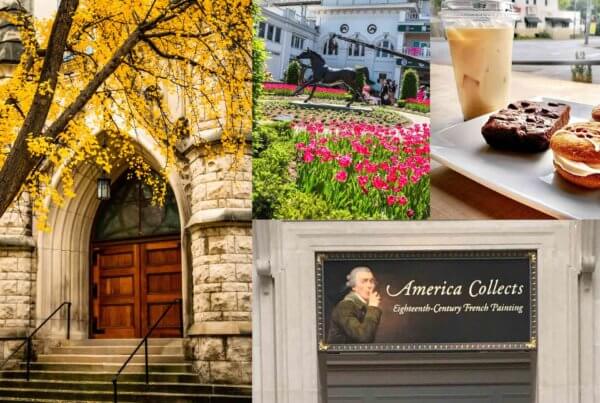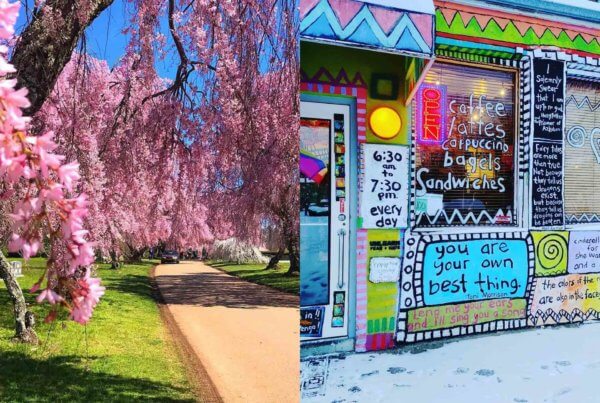Known as the “Bourbon Capital of the World,” Kentucky is known to connoisseurs as the true producer of the beloved spirit. While many people feel that real bourbon must be made in Kentucky, the fact is that it can be made anywhere in the United States. For a whiskey to be labeled as a bourbon, it must be distilled from a mash of grains that is at least 51% corn, aged in charred oak, and bottled at 80 proof or more.
Nevertheless, most of the country’s bourbon does come from Kentucky and there’s a reason for that. Kentucky has had a long history of producing the spirit, dating back to the 18th century. Although, at that point in time, it was not yet called bourbon.
The Origin of Bourbon
The story of bourbon in Kentucky dates back to the late 1700s when settlers began to migrate westward into what is now Kentucky. These European settlers, most likely Scottish or Irish, brought with them a tradition of distilling spirits, which they began practicing in the new frontier. Kentucky was particularly well-suited for distilling, thanks to its abundant supply of corn, which, as mentioned, is the primary grain used in making bourbon. There are numerous origins of the spirit believed to be true, but perhaps the most popular origin is associated with a man named Elijah Craig.
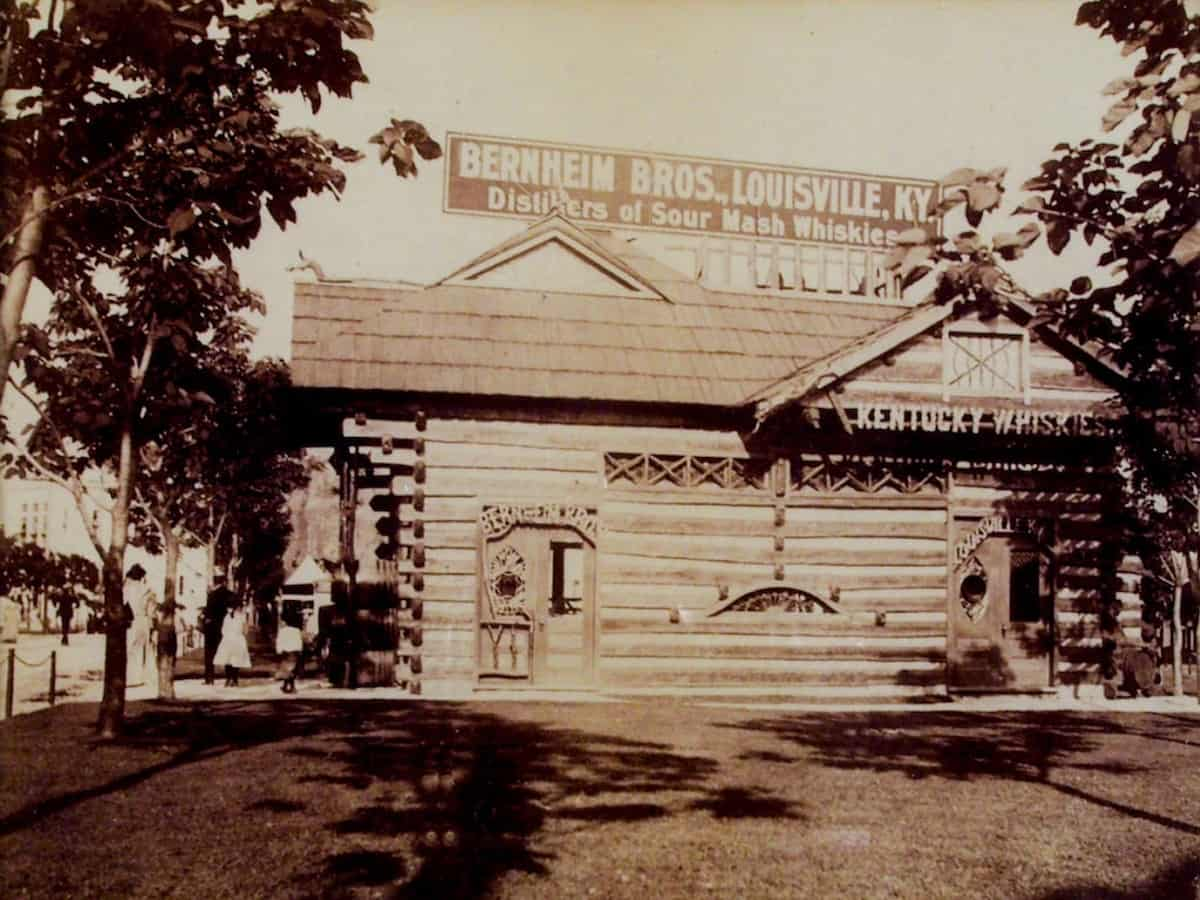
(image via Facebook)
The first recorded distillery in Kentucky was established in 1783 by a Baptist minister named Elijah Craig. Additionally, Craig is said to have created the paper mill, fulling mill, and ropewalk. Some whiskey historians within Kentucky say he was the first to age the product in charred oak casks – as most bourbons are to this day. The aging process gives the bourbon its distinctive color and taste.
In 1795, Jacob Beam of the now popular “Jim Beam” family, produced his first barrels of corn whiskey, but even then, the whiskey was not labeled bourbon. He called it the Old Jake Beam Sour Mash.
The Bourbon Name
While the legend of Elijah Craig is popular amongst the locals, the exact origin of “bourbon” is unknown. Even the name itself has been in question. Some say the name “bourbon” comes from Bourbon County, which was among the original counties established in Kentucky. Others attribute the name to a French royal family, the House of Bourbon.
Regardless of its true origin, the popularity of bourbon grew rapidly in the early 1800s. By this time, Kentucky had become the biggest producer of bourbon in the United States, with hundreds of distilleries operating throughout the state. Many of these distilleries were small operations run by farmers, who used surplus crops to make whiskey.
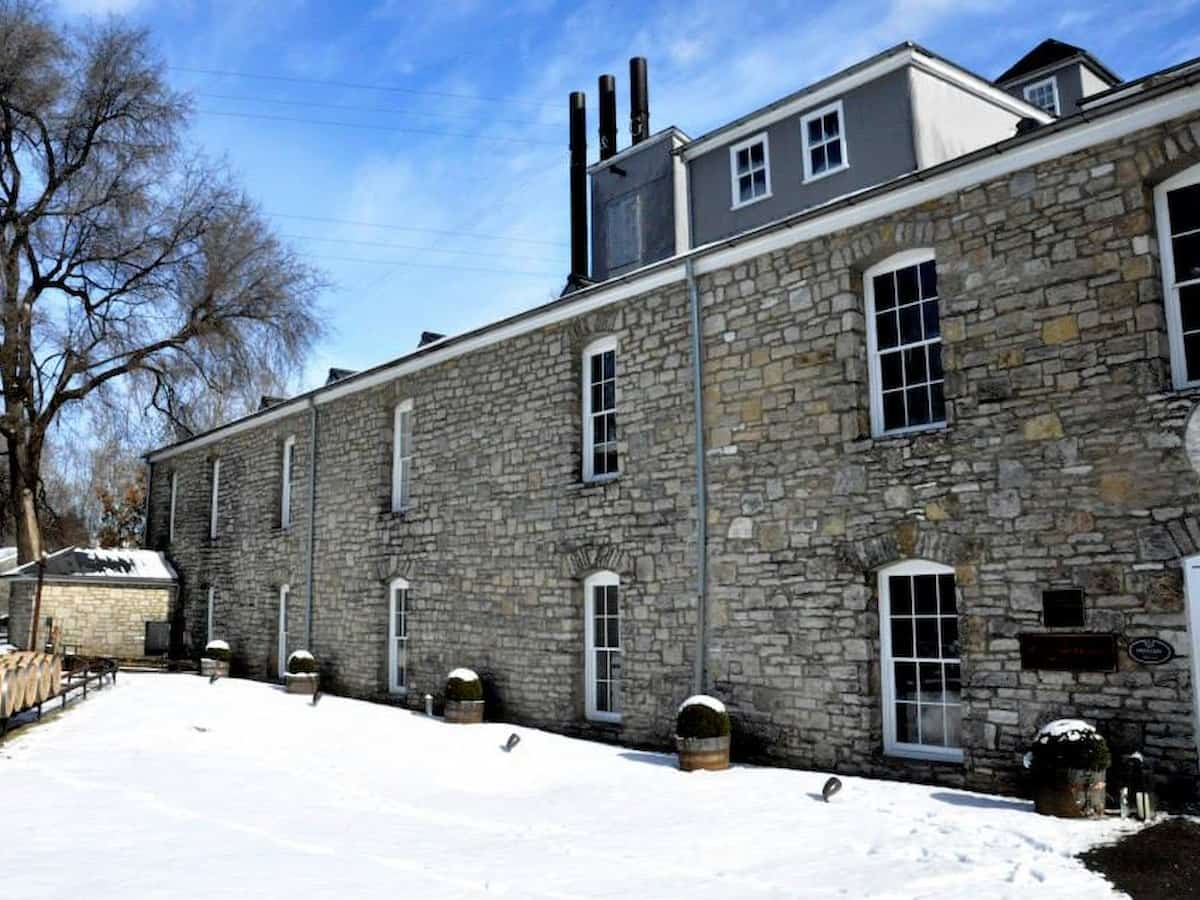
(image via Facebook)
What is now the Woodford Reserve Distillery, was called the Old Oscar Pepper Distillery in 1812 and is one of the oldest distilleries in the state. And it was there that James C. Crow began developing the sour mash fermentation process still used today.
Declining Popularity and Prohibition
During the mid-1800s, the popularity of bourbon began to wane, as consumers began to shift their preferences toward other spirits like gin and brandy. However, bourbon experienced a resurgence in the late 1800s and early 1900s, thanks in part to the advent of railroads, which made the distribution of the spirit easier. The Burks’ Distillery (which became Maker’s Mark in 1954) and The Four Roses Distillery in 1910 were among the distilleries that opened during this time.
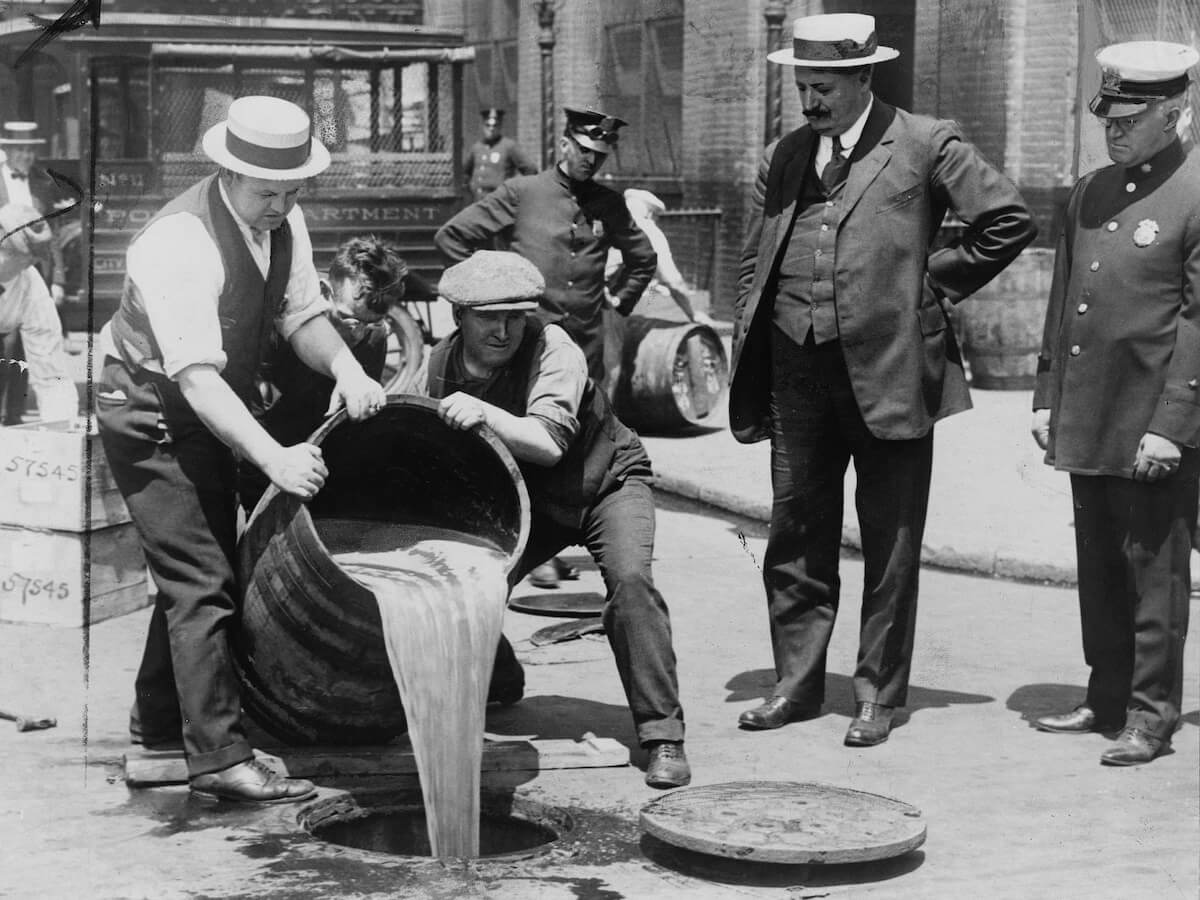 Then came Prohibition, which was a severe blow to the bourbon industry. The Volstead Act, which went into effect on January 17, 1920, banned the manufacture, production, use, and sale of alcohol for consumption. While many distilleries were forced to close, some were able to survive by producing other products like medicinal whiskey. Once Prohibition was repealed in 1933, the bourbon industry was able to make a comeback.
Then came Prohibition, which was a severe blow to the bourbon industry. The Volstead Act, which went into effect on January 17, 1920, banned the manufacture, production, use, and sale of alcohol for consumption. While many distilleries were forced to close, some were able to survive by producing other products like medicinal whiskey. Once Prohibition was repealed in 1933, the bourbon industry was able to make a comeback.
The Resurgence
By the 1950s, bourbon had become one of the most popular distilled spirits in the United States once again, a distinguishment it held until the 1970s, with brands like Maker’s Mark becoming part of American culture.
In 1964, a concurrent resolution adopted by the United States Congress declared that the spirit was a distinctive product of the United States, and therefore only whiskey produced in the United States could be eligible to bear the name “bourbon” on the bottle.
Between the period of 2009 to 2014, the country saw a surge in whiskey production, increasing revenue in the bourbon industry by 46.7%. In 2014, 19 million nine-liter cases of bourbon and Tennessee whiskey were sold in the U.S. alone. As of 2018, around 95% of all bourbon is produced within Kentucky, according to the Kentucky Distillers’ Association.
Today, the bourbon industry is thriving, with dozens of distilleries operating throughout Kentucky and other states such as Tennessee. Bourbon has also become a popular export, with consumers in countries around the world developing a taste for the uniquely American spirit. In recent years, there has been a renewed interest in craft distilling, with small-batch and artisanal bourbons gaining popularity among consumers. Many of these distillers are reviving old recipes and production methods, in an effort to create bourbons that are distinct and unique in the growing market.
The Proper Way to Enjoy Bourbon
There are multiple ways to enjoy bourbon, and all are correct. Purists will tell you that the best way is to enjoy it neat, meaning in a glass with no ice. Some prefer their bourbon chilled and slightly watered down, adding ice to the glass. Connoisseurs often like to experience multiple aspects of bourbon by pouring a small amount with a small splash of water in a Glencairn glass, allowing them to catch the aromas and subtle tasting notes in each whiskey.
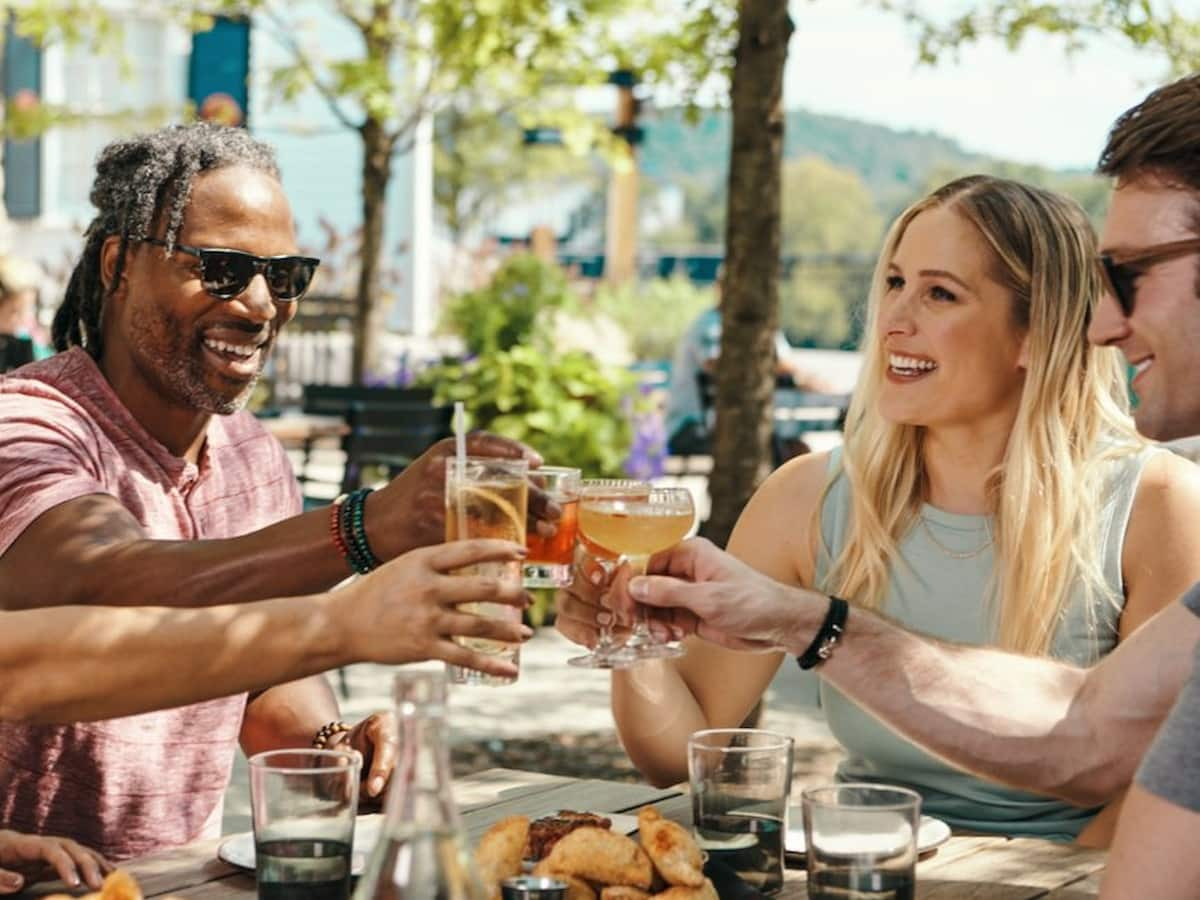
(image via Facebook)
For others, the taste of straight bourbon can be a bit much, but the good news is that even the best top-shelf bourbons are often great for mixing. Along the Bourbon Trail, you can enjoy an array of bourbon cocktails, including some that everyone should try.
Cocktails
One of the most popular bourbon cocktails is the old fashioned, properly made with a sugar cube, a bit of water, and a dash or two of bitters that is muddled into a glass, followed by a couple of ounces of bourbon, and a few ice cubes. This allows you to enjoy the taste of the bourbon, but it’s not as harsh and makes it go down a bit smoother. Many bartenders will also add a cherry and citrus rind to the cocktail for a fruitier flavor and aroma.
Another popular cocktail is the Manhattan, which is basically a martini made with whiskey. A Manhattan uses about 2 ½ ounces of bourbon, an ounce of sweet or dry vermouth (or half and half), and a few dashes of bitters with a cherry for garnish.
For the Kentucky Derby, the most popular cocktail would have to be the Mint Julep. This simple cocktail features two ounces of bourbon, a teaspoon of sugar, a splash of water, and mint leaves that are muddled into a glass and filled with crushed ice.
Kentucky Tourism even has a whole “On the Rocks” series of classic bourbon cocktail recipes if you want to explore more drinks made with this distinctive Kentucky export.



